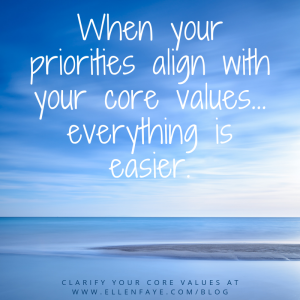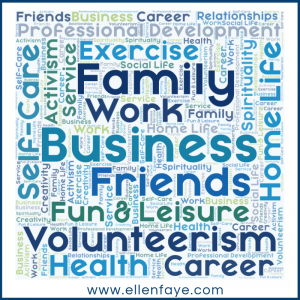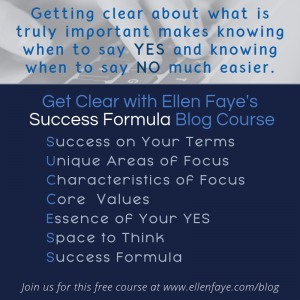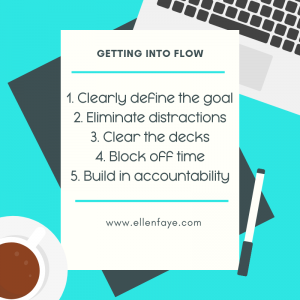22 Oct What’s the difference between a Productivity Coach and a Time Management Coach?
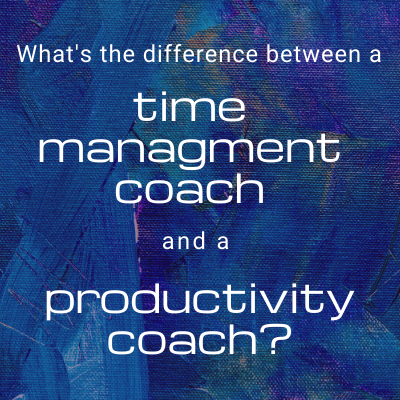 This question is a thing. And I don’t want it to keep you from getting the support you need, so I will share with you my thoughts about what I think the difference is.
This question is a thing. And I don’t want it to keep you from getting the support you need, so I will share with you my thoughts about what I think the difference is.
Really nothing, and perhaps everything. Time is fixed and finite. We all get 168 hours each week and no matter what we do we can’t change that. It is how we spend that time that that we can control. Both a Time Management Coach and a Productivity Coach can help you build supports and systems to help you maximize the time you have.
It doesn’t quite matter what a coach calls themselves. A good coach is going to work with you to come up with solutions to the issues you bring. And while you may think the goal is to improve your work productivity – that’s not all. While clients call with the goal to improve things at work, what they really want is to have time, energy, and focus for things other than work. As a coach I work with my clients to routinize the less unique aspects of their work and life so they both do their best work AND enjoy their time not working.
Some of the things I focus on as a productivity coach is helping clients do their work effectively and efficiently. Common outcomes include:
- Putting systems in place to control what’s controllable. This results in less stress about work and more focus to do the work
- Making time off count. The only thing worse than working all weekend is not working, yet not relaxing because of the worry of what’s not done
- Identifying and doing the work that matters, to the right degree of excellence (not beyond)
Yes, these outcomes are all about how you spend your time. And while our focus is on productivity, it’s productivity around your time. If your struggling with stress around your tasks and the pressures of your life, you may want to seek out support from a Productivity Coach or Time Management Coach. As “they” say, I don’t care what you call me…just call me!





